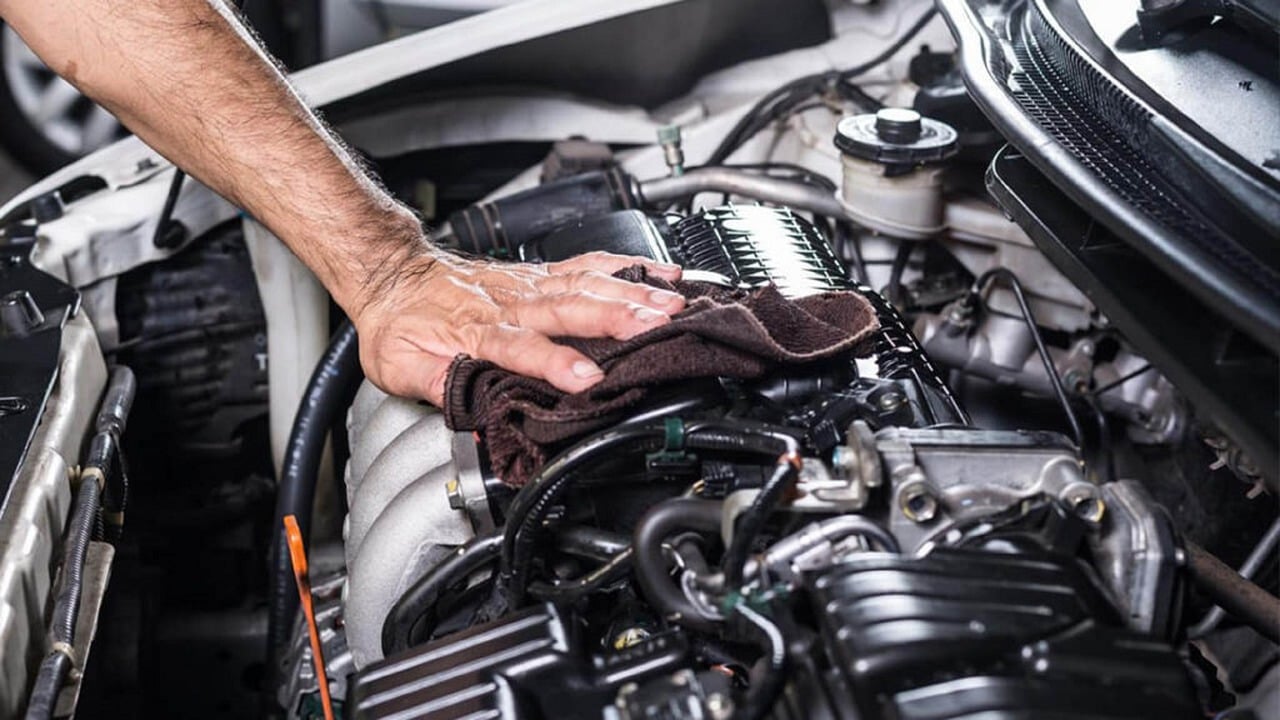
Your Chevy’s radiator is a vital engine component. It’s the centerpiece of the cooling system and is responsible for removing engine heat by heat exchange with the cooler outside air. The radiator and cooling system operates at high temperatures and under high pressure, and this can cause parts to wear out or become damaged. As your Chevy dealer, we’d like you to know a few signs that you may need to visit us for a radiator repair.
Leaking Coolant
Coolant is the liquid in the cooling system, and its function is to absorb heat generated by the engine and transfer it to the radiator. Inside the radiator, the coolant enters rows of thin aluminum tubes. Air blows in through the radiator grille and across the tubes, and this air movement removes the heat from the coolant.
A coolant leak will immediately reduce the pressure in the cooling system. The reduced pressure causes the remaining coolant to move slower, and this causes heat to build up in your engine. You’ll immediately see the increasing temperature displayed on the temperature gauge on your dash. Our technicians will examine your cooling system to find the source of the leak, and then we’ll seal it. Once the leak is plugged, we’ll refill your coolant.
Damaged Radiator Cap
The radiator cap screws into the top of the radiator, and it has two seals that ensure an airtight connection. The cap maintains the correct pressure in the cooling system. If the pressure rises too high, the cap opens slightly to bleed off excess pressure and then closes again. As time passes, the constant heat in the system can damage the seals and allow coolant and pressure to escape.
If you look at your radiator cap and see white streaks around it, this is a sign that the seals are damaged. The white marks are caused by escaping coolant. As coolant leaks out, it almost immediately evaporates due to the heat in the engine, but it leaves the marks behind. We’ll check the condition of the cap and seals and replace them if they’ve been damaged.
Broken Water Pump
The water pump’s job is to move coolant through the system at high speed. The speed of the pump varies depending on the engine temperature. If you accelerate, the engine gets hotter and the pump speeds up. Conversely, if your Chevy slows down, the pump will slow down in response. The pump is a relatively simple component, but it could fall as it gets older.
If the water pump fails, the coolant won’t move through the system, and your engine temperature will rapidly rise. We’ll replace the damaged pump with a new one, and your cooling system will work correctly again.
An overheating engine can suffer serious, even fatal damage. Contact our service department ASAP at Olson Automotive in Redwood Falls, MN.
Image via Pixabay



